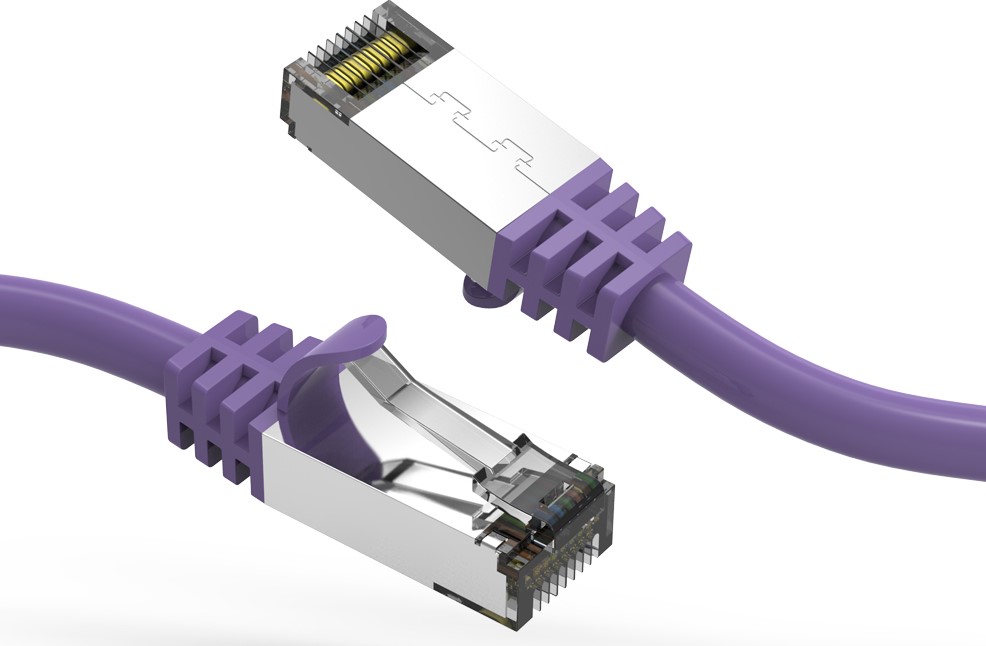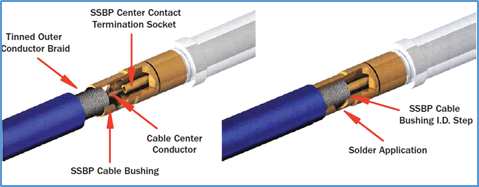In today’s digital age, efficient and reliable data transmission is crucial for businesses and individuals alike. Guided transmission media, such as coaxial cables, fiber optic cables, and twisted pair cables, play a vital role in enabling high-speed communication networks. This comprehensive guide aims to provide an in-depth understanding of guided transmission media, their characteristics, applications, and best practices for optimizing network efficiency.
Types of Guided Transmission Media
Coaxial Cables
Coaxial cables consist of a central conductor surrounded by a layer of insulation, a braided shielding, and an outer protective jacket. They are widely used in cable television and broadband internet networks due to their ability to transmit high-frequency signals over long distances with minimal interference.
Advantages of Coaxial Cables:
- High bandwidth capacity
- Resistant to electromagnetic interference (EMI)
- Relatively low cost
Disadvantages of Coaxial Cables:
- Limited distance for high-speed data transmission
- Susceptible to signal attenuation over long distances
- Difficult to install and modify
Fiber Optic Cables
Fiber optic cables transmit data using pulses of light through thin strands of glass or plastic fibers. They are widely used in long-distance telecommunications networks, internet backbones, and high-speed local area networks (LANs).
Advantages of Fiber Optic Cables:
- Extremely high bandwidth capacity
- Immune to electromagnetic interference (EMI)
- Low signal attenuation over long distances
- Increased security and data integrity
Disadvantages of Fiber Optic Cables:
- Higher installation and maintenance costs
- Fragile and susceptible to physical damage
- Specialized equipment and training required
Twisted Pair Cables
Twisted pair cables consist of two insulated copper wires twisted together to reduce electromagnetic interference. They are commonly used in local area networks (LANs), telephone systems, and Ethernet connections.
Advantages of Twisted Pair Cables:
- Low cost and easy installation
- Suitable for short-distance data transmission
- Widely available and compatible with various networking devices
Disadvantages of Twisted Pair Cables:
- Limited bandwidth capacity
- Susceptible to electromagnetic interference (EMI)
- Signal attenuation over longer distances
Performance Characteristics
Bandwidth
Bandwidth refers to the maximum amount of data that can be transmitted through a cable or network connection per unit of time. Different types of guided transmission media have varying bandwidth capacities, with fiber optic cables offering the highest bandwidth and twisted pair cables having the lowest.
Attenuation
Attenuation is the gradual loss of signal strength as it travels through a cable or transmission medium. Factors such as cable length, frequency, and cable quality can contribute to signal attenuation. Proper cable selection and installation practices are crucial to minimize attenuation and ensure reliable data transmission.
Interference
Electromagnetic interference (EMI) and crosstalk can disrupt data transmission and degrade signal quality. Coaxial cables and fiber optic cables are less susceptible to interference due to their shielding and insulation properties, respectively. Twisted pair cables are more prone to interference and require proper installation techniques to mitigate this issue.
Applications of Guided Transmission Media
Local Area Networks (LANs)
Guided transmission media, particularly twisted pair cables and fiber optic cables, are widely used in local area networks (LANs) to interconnect computers, servers, and other networking devices within a limited geographical area.
Wide Area Networks (WANs)
Fiber optic cables are the preferred choice for wide area networks (WANs) due to their ability to transmit data over long distances with minimal signal loss and high bandwidth capacity.
Cable Television and Broadband Internet
Coaxial cables are extensively used in cable television and broadband internet networks to deliver high-quality video and data services to residential and commercial customers.
Telecommunications
Fiber optic cables are the backbone of modern telecommunications networks, enabling high-speed voice and data transmission over long distances with exceptional clarity and reliability.
Installation and Maintenance Best Practices
Proper installation and maintenance of guided transmission media are crucial for ensuring optimal network performance and efficiency. Here are some best practices to consider:
Cable Selection
Choose the appropriate cable type based on the application, distance, and bandwidth requirements. Consult industry standards and manufacturer recommendations for cable specifications.
Cable Routing and Management
Implement proper cable routing and management techniques to minimize cable stress, prevent physical damage, and reduce interference. Use cable trays, raceways, and cable ties to organize and secure cables.
Termination and Connectors
Ensure proper termination and use of high-quality connectors to minimize signal loss and maintain data integrity. Follow manufacturer guidelines for cable termination and connector installation.
Grounding and Shielding
Implement proper grounding and shielding techniques to protect cables from electromagnetic interference (EMI) and ensure signal integrity.
Regular Maintenance and Testing
Conduct regular cable inspections, testing, and maintenance to identify and address potential issues before they escalate. Use cable testers and diagnostic tools to monitor cable performance and identify faults.
Future Trends and Emerging Technologies
The field of guided transmission media is constantly evolving, with new technologies and advancements aimed at improving data transmission speeds, efficiency, and reliability. Some emerging trends and technologies to watch out for include:
Hybrid Fiber-Coaxial (HFC) Networks
HFC networks combine the strengths of fiber optic and coaxial cables, enabling high-speed data transmission over long distances while leveraging existing coaxial infrastructure for the last mile.
Passive Optical Networks (PONs)
PONs are fiber-based networks that use passive optical splitters to distribute data signals to multiple subscribers, offering a cost-effective and scalable solution for fiber-to-the-premises (FTTP) deployments.
Millimeter Wave (mmWave) Technology
mmWave technology operates at higher frequencies (30-300 GHz) and has the potential to provide ultra-high-speed data transmission over short distances, making it suitable for applications such as 5G networks and high-density wireless communications.
Advancements in Cable Materials and Design
Ongoing research and development in cable materials and design aim to improve performance, durability, and cost-effectiveness of guided transmission media. This includes the use of advanced polymers, composite materials, and innovative cable geometries.
By staying informed about these emerging trends and technologies, businesses and individuals can make informed decisions and future-proof their network infrastructure to meet the ever-increasing demand for high-speed data transmission.
Conclusion
Guided transmission media play a crucial role in enabling efficient and reliable data transmission in various networking environments. By understanding the characteristics, applications, and best practices associated with coaxial cables, fiber optic cables, and twisted pair cables, businesses and individuals can optimize their network infrastructure and unlock the full potential of their communication systems.
As technology continues to evolve, it is essential to stay up-to-date with the latest advancements in guided transmission media and emerging technologies. By embracing innovation and implementing best practices, organizations can future-proof their networks and maintain a competitive edge in an increasingly data-driven world.






0